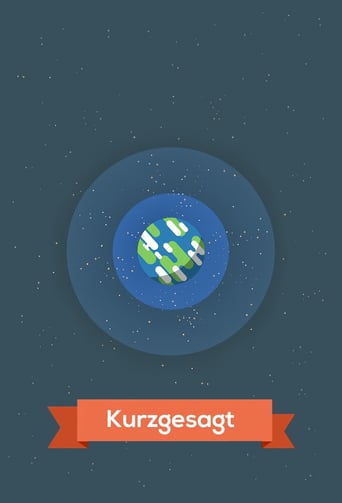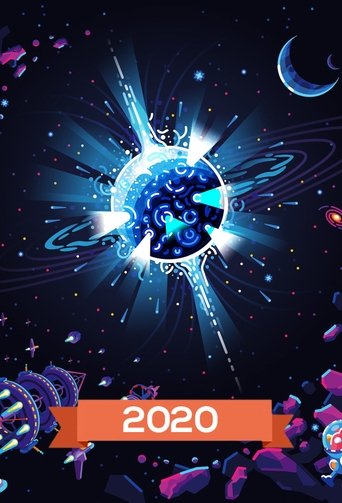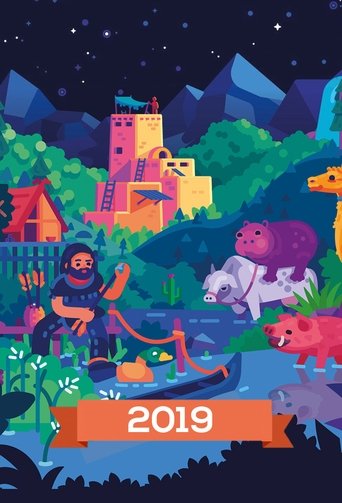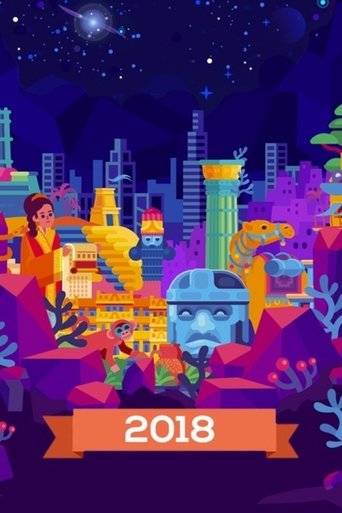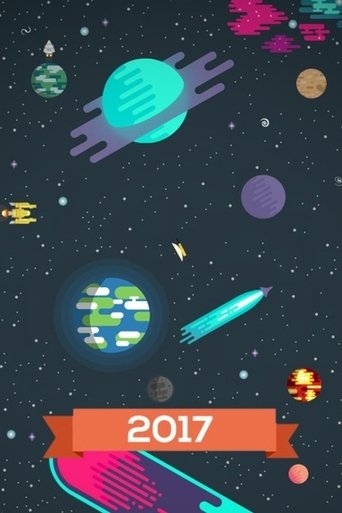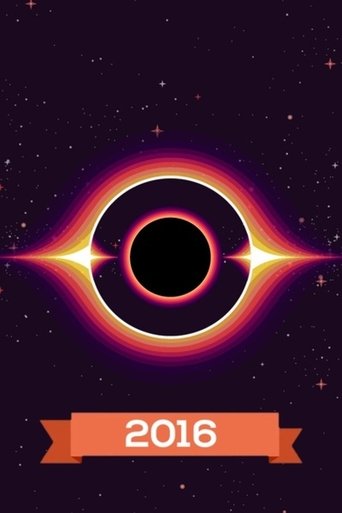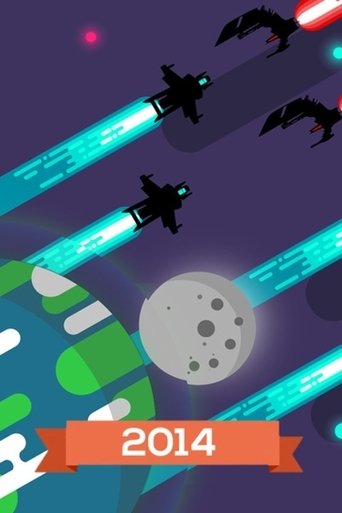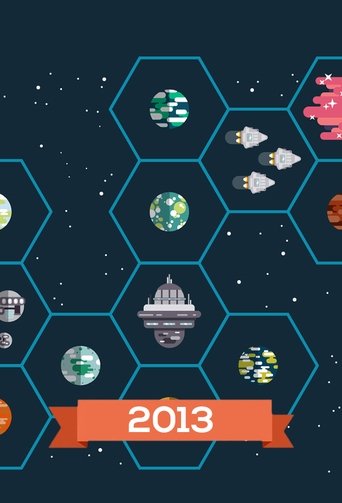Kurzgesagt - In a Nutshell Season 8
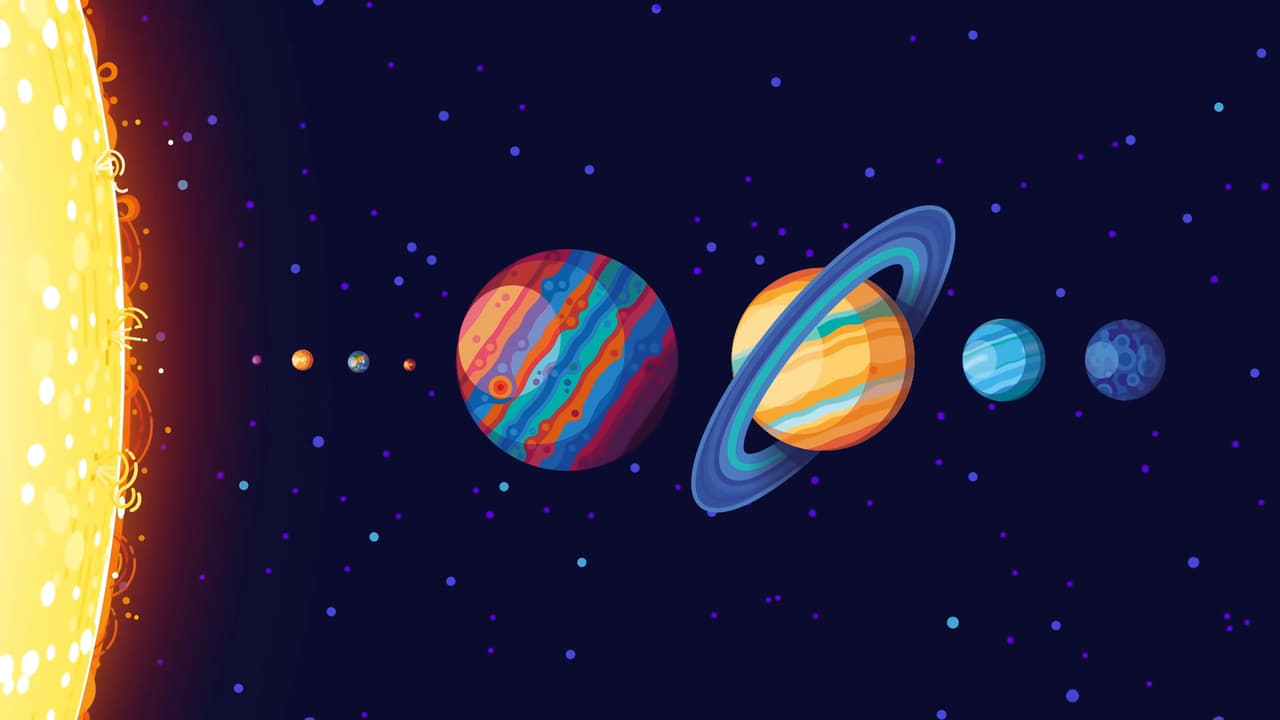
Kurzgesagt (German for "in a nutshell") is a Munich based design studio with a distinctive perspective on design and animation within the fields of education, science and commerce. Founded in 2012 by Philipp Dettmer & Stephan Rether, the studio engages in information design projects of all kinds. We love science, minimalism, colors and music. But most of all combining them to tell stories.
Watch NowWith 30 Day Free Trial!
Kurzgesagt - In a Nutshell
2013
Kurzgesagt (German for "in a nutshell") is a Munich based design studio with a distinctive perspective on design and animation within the fields of education, science and commerce. Founded in 2012 by Philipp Dettmer & Stephan Rether, the studio engages in information design projects of all kinds. We love science, minimalism, colors and music. But most of all combining them to tell stories.
Watch Trailer
With 30 Day Free Trial!
Kurzgesagt - In a Nutshell Season 8 Full Episode Guide
What would happen if we were to detonate a very very powerful nuclear weapon on the moon? Would the explosion knock its orbit towards earth, causing tidal waves and misery? Could the moon be destroyed, showering the earth in a rain of meteoric death?
The desire to be free from the limits of the human experience is as old as our first stories. We exist in an endless universe, only bound by the laws of physics and yet, our consciousness is trapped in mortal machines made of meat. With the breathtaking explosion of innovation and progress, for the first time the concept of leaving our flesh piles behind and uploading our minds into a digital utopia seems possible. Even like the logical next step on our evolutionary ladder.
The night sky seems peaceful and orderly. But in reality, stars are careening through the galaxy at speeds of hundreds of thousands of kilometres per hour. Not bound by static formations but changing neighbourhoods constantly. Fortunately space is big, and so the stars of the Milky Way are very unlikely to hit us. Unfortunately, they don’t have to hit anything to make us have a really bad time on earth. And there are already stars starting to get very close.
In and out, in and out. Staying alive is about doing things. This very second, your cells are combusting glucose molecules with oxygen to make energy available, which keeps you alive for another precious moment. To get the oxygen to your cells you are breathing. Breathing is an answer to a very hard problem: How do you get the resources that your cells need to survive, from the outside, to the inside of your cells? Every living thing has to solve this problem and the solution is surprisingly different depending on one of the most important regulators of life: Size.
By the end of the 21st century, humanity is becoming desperate. Decades of heatwaves and droughts have led to unusually poor harvests, while the warming oceans yield fewer fish each year. In the tropical zones, millions suffer from famine and resource wars have made millions more flee to the north. As things quickly get worse, in an act of desperation, the world's governments decide to enact an emergency plan... It is far from certain that a grim scenario like this will play out. But the failure of world leaders to effectively address climate change, makes it far from impossible. So in the near future it might become necessary to try something radical to slow down rapid climate change: Geoengineering. Interventions so massive in scale that they might undo centuries of human behavior. Or make everything much worse. What is geoengineering, is it really an option and what if it goes wrong?
For the fifth time, we present to you the Human Era Calendar for the year 12,021 – this time it is all about the journey of humanity, beginning tens of thousands of years ago, leading into the revolution of agriculture, to ancient high civilizations and the beginning of modern times, culminating in a vision for our future. You can get the limited Edition now until we sell out and then never again. As always the calendar features 12 illustrated pages printed on high quality paper in Europe and the US. And this year the cover is especially shiny. The calendar will look great on your wall and let you dream about a glorious future. We truly have come far as a species!
Climate Change is just too much. There is never any good news. Only graphs that get more and more red and angry. Almost every year breaks some horrible record, from the harshest heat waves to the most rapid Glacier melt. It’s endless and relentless. We have known for decades that rapid Climate Change is being caused by the release of Greenhouse Gases. But instead of reducing them, in 2019 the world was emitting 50% more CO2 than in the year 2000. And emissions are still rising. Why is that? Why is it so hard to just stop emitting these gases?
What is the largest star in the Universe? And why is it that large? And what ARE stars anyway?
Deep in tropical jungles lie floating kingdoms ruled by beautiful and deadly masters: They are sort of the high elves of the ant kingdoms: Talented architects that create castles and city states. But they are also fierce and expansionist warriors and their kingdoms are ensnared in a never ending war for survival. Oecophylla weaver ants.
Getting rare materials from the ground into your phone is ugly. The mining industry is responsible for air and water pollution and the destruction of entire landscapes. But what if we could replace the mining industry on Earth with a clean process that can’t harm anyone? Well, we can. All we need to do is look up.
The observable universe is a big place that has been around for more than 13 billion years. Up to two trillion galaxies made up of something like 20,000 billion billion stars surround our home galaxy. In the milky way alone scientists assume there are some 40 billion earth like planets in the habitable zone of their stars. When we look at these numbers it is hard to imagine that there is nobody else out there.
Humans are proud of a lot of things, from particle accelerators, to poetry to pokemon. All of them made possible because of something humans value extremely highly: intelligence.
Since the Industrial Revolution, humans have released over 1.5 trillion tonnes of carbon dioxide or CO2 into the earth's atmosphere. In the year 2019 we were still pumping out around 37 billion more. That’s 50% more than the year 2000 and almost three times as much as 50 years ago. And it’s not just CO2. We’re also pumping out growing volumes of other greenhouse gases such as methane and nitrous oxide. Combining all of our greenhouse gases, we’re emitting 51 billion tonnes of carbon dioxide equivalents each year. And emissions keep rising – but they need to get down to 0!
The sun. Smooth and round and peaceful. Except when it suddenly vomits radiation and plasma in random directions. These solar flares and coronal mass ejections, or CMEs can hit earth and have serious consequences for humanity. How exactly do they work, how bad could they be and can we prepare for them?
In September of 1940, an 18-year-old mechanic named Marcel Ravidat was walking his dog, Robot, in the countryside of Southwestern France when the dog disappeared down a hole. Robot eventually returned but the next day, Ravidat went to the spot with three friends to explore the hole. And after quite a bit of digging, they discovered a cave with walls covered with paintings, including over 900 paintings of animals, horses, stags, bison and also species that are now extinct, including a wooly rhinoceros. The paintings were astonishingly detailed and vivid with red, yellow and black paint made from pulverized mineral pigments that were usually blown through a narrow tube, possibly a hollowed bone, onto the walls of the cave. It would eventually be established that these artworks were at least 17,000 years old.
At this very second, you are on a narrow ledge between life and death. You probably don’t feel it, but there is an incredible amount of activity going on inside you. And this activity can never stop. Picture yourself as a slinky falling down an escalator moving upwards – the falling part represents the self replicating processes of your cells, the escalator represents the laws of physics, driving you forwards. To be alive is to be in motion but never arriving anywhere. If you reach the top of the escalator there is no more falling possible and you are dead forever. Somewhat unsettlingly, the universe wants you to reach the top. How do you avoid that and why are you alive?
A huge thanks to the experts who helped us on short notice with the video. Especially “Our World in Data”, the online publication for research and data on the world’s largest problems – and how to make progress solving them. Check out their site. It also includes a constantly updated page on the Corona Pandemic. In December 2019 the Chinese authorities notified the world that a virus was spreading through their communities. In the following months it spread to other countries, with cases doubling within days. This virus is the “Severe acute respiratory syndrome-related coronavirus 2”, that causes the disease called COVID19, and that everyone simply calls Coronavirus. What actually happens when it infects a human and what should we all do?
Cancer is a creepy and mysterious thing. While we tried to understand it, to get better at killing it, we discovered a biological paradox that remains unsolved to this day: large animals seem to be immune to cancer. Which doesn’t make any sense – the bigger a being, the more cancer it should have. To understand why, we first need to take a look at the nature of cancer itself.
For years, you have been asking us how we make our videos. So let’s finally talk about it! From research, writing the script, illustrating, to animating, narrating and composing music, a Kurzgesagt video takes roughly 1.200 hours to produce!
Over the last decade milk has become a bit controversial. Some people say it’s a necessary and nutritious food, vital for healthy bones, but others say it can cause cancer and lead to an early death. So who is right? And why are we drinking it anyway?
Free Trial Channels
Seasons


